Source:https://doiiin.org/hearing-impaired-childrens-support
Children with minimal hearing loss are often overlooked and misunderstood in both learning and daily life. The Children’s Hearing Foundation provides emotional support and therapeutic services, helping children improve their auditory, language, and communication abilities through support and teaching, rebuilding their confidence and social interactions.
2025/01/16
Text: Ding Xuan
Photography: Wang Muwei
Image provided by: Children’s Hearing Foundation
Editorial: Doiiin Editorial Team
Minimal hearing loss is a subtle yet easily misunderstood disability that has a profound impact on a child’s learning and interpersonal relationships. In a quiet environment, children with minimal hearing loss may appear to behave similarly to their peers, but in group settings or noisy environments, they tend to respond slower or even miss or mishear certain information, which can lead others to mistakenly believe they are distracted or uncooperative by choice, resulting in unnecessary harshness or over discipline. Over time, these children may begin to hide their true selves out of self-defense, which further affects their clarity of speech and social skills.
The Children’s Hearing Foundation is committed to helping children with hearing loss and their families, providing comprehensive support from initial assessment, application for subsidies, and suggestions for hearing aids, to auditory-verbal sessions. Through real-life simulation, auditory-verbal specialists and parents work together to help children improve hearing, speech, and cognitive abilities, facilitating their integration into daily life and restoring their confidence. This safety net not only heals the children but also brings hope and strength to their families.
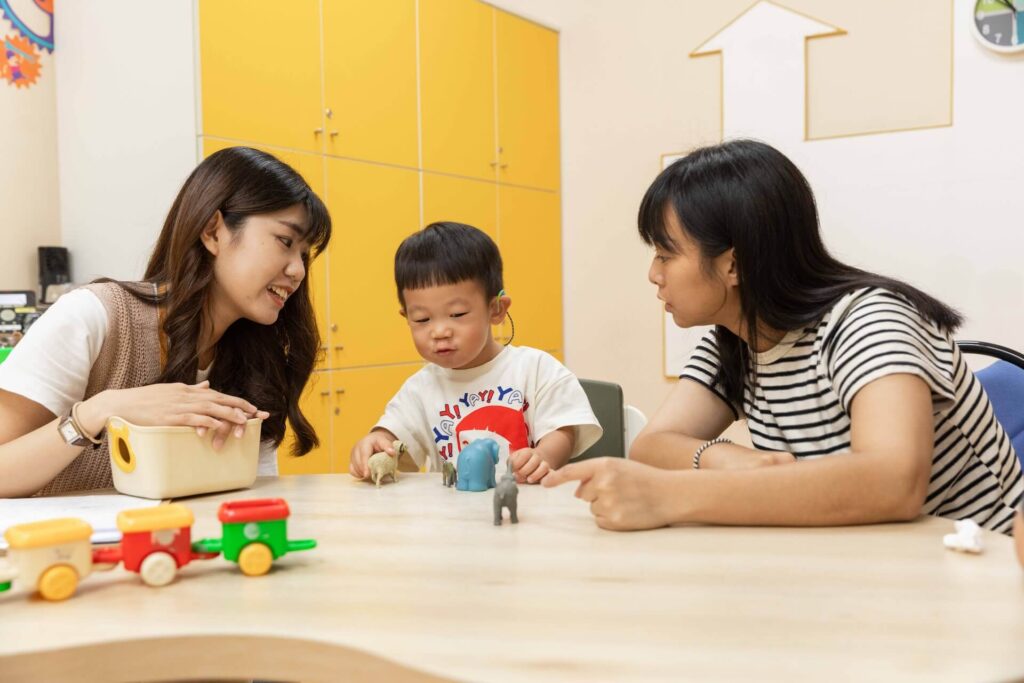
Auditory-verbal specialist Fang Yanting recalls the moment when a kindergarten teacher was brought to tears during a school visit: “Although the teacher knew the child had minimal hearing loss, the child was always much slower in response, needing the teacher to repeat things constantly. Over time, the teacher began to feel that the child was being intentionally difficult and became stricter with him.” It was only after truly understanding the challenges faced by children with minimal hearing loss that the teacher realized the misunderstanding and felt deeply guilty.
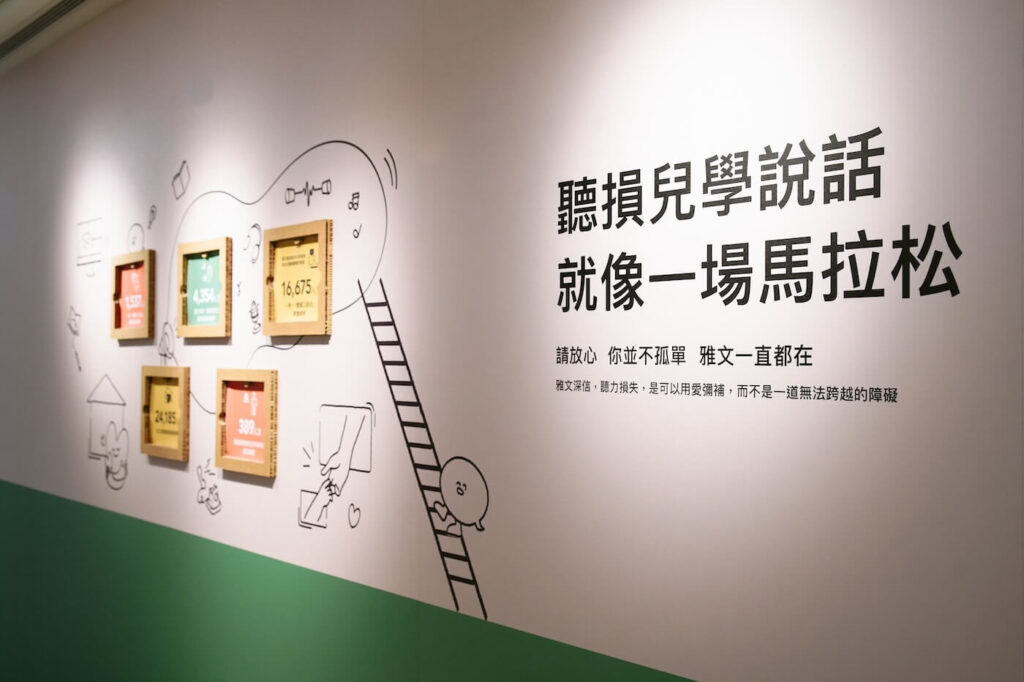
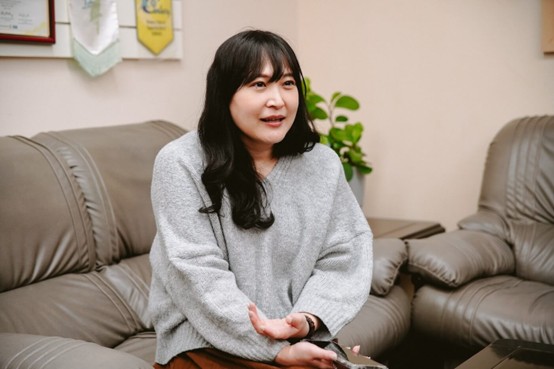
Minimal Hearing Loss: Easily Overlooked and Misunderstood
This is a common issue faced by children with minimal hearing loss during their learning journey. In quiet settings or one-on-one interactions, they appear to be no different from their peers, but in group situations, they may appear distracted, looking around, or noncompliant. Over time, in addition to speech clarity being affected, the child may withdraw due to misunderstanding and fear of social interactions.
So, what is minimal hearing loss? Fang Yanting explains that minimal hearing loss can be categorized into three types:
- Unilateral hearing loss: The softest sound heard by the affected ear is 20 decibels. Children with this condition often experience difficulties in sound localization due to incomplete speech information received by the affected ear.
- Mild hearing loss: The softest sound the child can hear is between 20 and 40 decibels. These children are likely to miss information in noisy or distant conversations.
- High-frequency hearing loss: The softest sound above 2000 Hz that a child can hear is greater than 25 decibels. These children may mishear or miss consonants.
The founding mission of the Children’s Hearing Foundation is to provide emotional care and therapeutic services, offering a safety net for children with hearing loss and their families. When families seek assistance, social workers assess the child’s condition, help with subsidy applications, or acquire disability certification. Subsequently, professional audiologists review medical reports with parents, conduct further hearing assessments, and suggest suitable hearing aids based on the level of hearing loss.
Hearing and Understanding: Prerequisites for “Hearing Clearly”
The first step before “understanding” is “hearing” and “hearing clearly.” Once hearing aids are properly fitted, children can begin auditory-verbal sessions, where everyday conversations and games help children improve their hearing, speech, cognitive, and communication skills. To create a realistic learning environment, the foundation carefully arranges spaces like living rooms, kitchens, and bedrooms, filled with furniture such as sofas, kitchen counters, and beds. Auditory-verbal specialists work one-on-one with parents and children, demonstrating how to integrate teaching techniques into interactions, thus fostering a learning environment where children enjoy practicing listening and speaking.

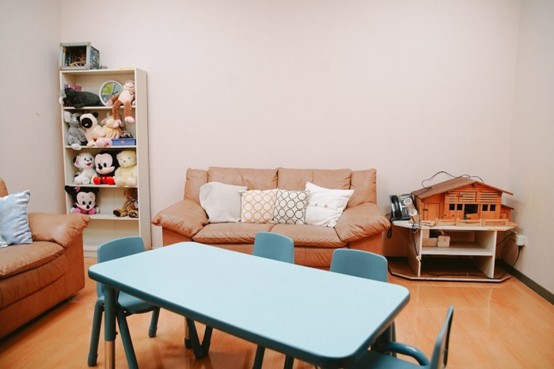
From Silence to Sound: The Journey of Nearly 6000 Children with Hearing Loss
The foundation’s Mandarin name, “Awen,” comes from the founder Joanna Nichols’s daughter. Born in California in 1954, Joanna Nichols came to Taiwan for work and met her husband, Kenny Cheng. Their youngest daughter, Alana (Awen), was diagnosed with profound hearing loss at the age of 11 months. This devastating news left the couple heartbroken and anxious: “Will Alana(Awen) never be able to speak?”
The foundation’s Mandarin name, “Awen,” comes from the founder Joanna Nichols’s daughter. Born in California in 1954, Joanna Nichols came to Taiwan for work and met her husband, Kenny Cheng. Their youngest daughter, Alana (Awen), was diagnosed with profound hearing loss at the age of 11 months. This devastating news left the couple heartbroken and anxious: “Will Alana(Awen) never be able to speak?”
All services provided by the foundation are free of charge, with parents encouraged to contribute an amount based on their ability to pay. “The assistive device manufacturers understand that the high cost of hearing aids may deter people from purchasing them. They are happy to offer rental options, allowing parents to try them out first and then purchase according to their needs,” shared Chen Weiwen, Director of the Social Services Department. The foundation sustains its operations by seeking donations from friendly enterprises, writing government funding proposals, and participating in joint fundraising efforts with private organizations to pool resources.
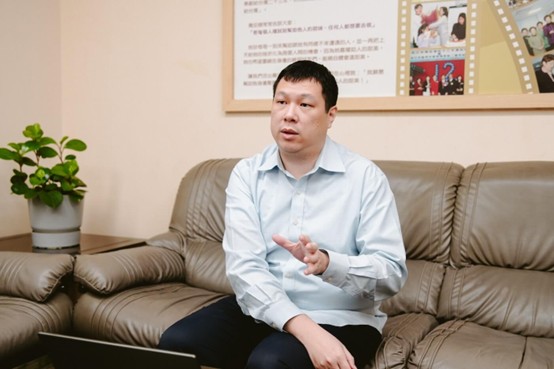
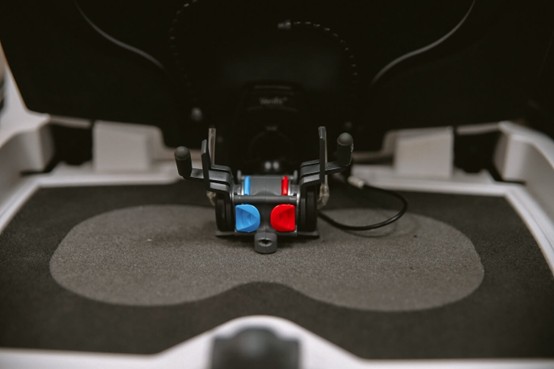
Early Intervention for Late-Onset Hearing Loss: The critical importance of Pre-School Hearing Screening
Facing hearing loss, early detection and early intervention during the golden treatment period have been the foundation’s key advocacy for nearly 30 years. In 1998, the foundation collaborated with Mackay Memorial Hospital to implement “Newborn Hearing Screening” and has continuously advocated for the importance of universal screening. By 2023, the national screening coverage had reached over 98%. However, the foundation hopes to further improve early detection through “pre-school hearing screening.
“Nearsightedness may worsen over time, and hearing loss follows a similar pattern. It’s not guaranteed that a child will always have normal hearing after newborn screening. Late-onset hearing loss is also a concern,” said Chen Weiwen, director of the foundation’s social services department. The central government initiated preschool hearing screening programs in various counties and cities as early as 1995, with implementation delegated to local governments. However, due to limited local budgets and the existing endorsement of newborn hearing screening, local authorities have questioned the necessity of conducting additional preschool hearing screenings.
Currently, hearing screenings for preschool children are included as part of general health checks in some regions, but screening standards and outcomes vary across counties and cities. Some areas have yet to establish consistent preschool hearing screening programs. The foundation has observed a high incidence of children being diagnosed with hearing loss only after the age of three and continues to advocate for universal preschool hearing screenings and follow-up care to safeguard children’s hearing health.
The foundation collaborates with experts and scholars in related fields to develop standardized screening protocols, equipment settings, and operating procedures. These guidelines are compiled into implementation manuals provided to local governments. The foundation also assists in training screening personnel and visits frontline settings to identify operational challenges. By continuously refining the content, the foundation aims to promote consistency in preschool hearing screenings across counties and cities, demonstrate the importance of follow-up, and help local governments recognize the outcomes—ultimately encouraging increased budget allocation and capacity.
The journey is long, but as long as we remain committed, we will ultimately reach our goal. The foundation aims to continue helping more families with hearing loss and advocating for nationwide pre-school hearing screenings, safeguarding the hearing health of every child.
Note: According to international standards, mild hearing loss refers to a hearing threshold between 26 and 40 decibels. However, in discussions about minimal or slight hearing loss, different studies and sources may define the degree of hearing loss differently.

